Image of 1951 Aston Martin Db3, sourced from tech-racingcars.wikidot.com , Image Link.
Performance Metrics
Fundamental Metrics
Emotional Appeal
MMP Rating
| Engine Specifications | |
|---|---|
| Engine: | 2.6L Lagonda I6 |
| Displacement: | 2.6L |
| Horsepower: | 140 HP |
| Torque: | Estimated 178 lb-ft |
| Compression Ratio: | 8.16:1 |
| Ignition System: | Coil ignition |
| Cooling System: | Water-cooled |
| Performance Specifications | |
| 0-60 Time: | 10 seconds |
| 1/4 Mile Time: | Estimated 17 seconds |
| Top Speed: | 120 mph |
| Transmission and Drive | |
| Drive Type: | Rear-wheel drive |
| Transmission Type: | 4-speed manual |
| Fuel and Efficiency | |
| Fuel System Type: | Twin SU carburetors |
| MPG: | Estimated 15-20 MPG |
| Dimensions and Brakes | |
| Brakes: | Drum brakes |
| Wheelbase: | 99 inches |
| Weight: | 2,315 lbs |
Note: Specifications for classic cars are given to the best of our ability, considering the limited and variant data available.
Unveiling the 1951 Aston Martin DB3: A Testament to British Engineering
The 1951 Aston Martin DB3 is not merely a car; it's a piece of automotive artistry that encapsulates the spirit of post-war British ingenuity. Born from the storied workshops of Aston Martin, a marque synonymous with luxury and performance, this vehicle emerged as a purpose-built racer designed to take on the world's best at endurance events like the Le Mans 24 Hours. Its creation marked a pivotal moment for Aston Martin, as the DB3 became a cornerstone in establishing the brand's racing pedigree. One of its most notable moments was its participation in high-profile races, piloted by legends such as Reg Parnell and George Abecassis, cementing its place in motorsport history.
Design and Innovation: The Quintessence of 1950s Elegance
With its sleek lines and aerodynamic silhouette, the DB3's exterior styling was both functional and breathtaking. The handcrafted aluminum bodywork exuded elegance, while its purposeful design minimized drag and maximized speed. Inside, the DB3 was all business: lightweight seats, minimalistic trim, and an array of gauges and switches that provided the driver with essential information. The quality of materials reflected the era's utilitarian approach to race cars—durability over opulence. Technologically, it boasted innovations such as a tubular space-frame chassis and drum brakes on all four wheels. While color options were secondary to performance, racing green became an iconic choice that resonated with British pride. The DB3 was offered primarily as a roadster—a style that would become emblematic of Aston Martin's racing endeavors.
Historical Significance: Paving the Way for Future Icons
The 1951 Aston Martin DB3 may not have achieved the racing success of its successors, but it played an integral role in shaping the future of sports car racing. It set itself apart with its advanced engineering and design philosophy, which laid the groundwork for future models like the legendary DBR1. The DB3's influence extended beyond its immediate successors; it helped establish design cues and performance benchmarks that are still revered in modern GT racing.
Performance and Handling: A Symphony of Speed and Agility
The heart of the DB3 was its 2.6-liter straight-six engine, capable of propelling this racer to impressive speeds for its time. Although exact figures vary, it was said to reach top speeds in excess of 130 mph—a formidable feat in the early '50s—with acceleration that could thrust it from 0-60 mph in a matter of seconds. On track, drivers praised its responsive handling characteristics, allowing them to navigate through challenging courses with precision. The experience behind the wheel was visceral; from the roar of the engine to the tactile feedback through the steering wheel—it was pure driving exhilaration.
Ownership Experience: More Than Just a Collector's Piece
The 1951 Aston Martin DB3 found its place in various roles—from dedicated race car to coveted collector's item. For those who had the privilege to own one, maintenance required dedication and a deep understanding of vintage mechanics. Reliability was typical for a race car of its era; rigorous but manageable for those familiar with classic car upkeep. It wasn't uncommon for owners to use their DB3s in vintage racing events or prestigious car shows.
Fun Facts: The Legacy Lives On
While not as widely recognized as some later models, several fun facts about the DB3 have contributed to its mystique. For instance, only around ten were produced—adding to their exclusivity—and they occasionally changed hands among high-profile collectors or appeared at prestigious auctions. Criticisms often focused on early mechanical teething problems that were later ironed out in subsequent models like the DB3S.
Collector's Information: A Blue-Chip Investment
The rarity of the 1951 Aston Martin DB3 makes it highly sought after in today's collector market. With so few units produced, each example commands significant attention when it becomes available. Current value ranges can be speculative due to their infrequent sale but expect figures well into seven digits—a testament to their appreciating legacy. As an investment piece or historical artifact, owning a DB3 is both a privilege and a responsibility.
Conclusion: Celebrating an Automotive Milestone
The 1951 Aston Martin DB3 stands as a testament to a bygone era—an embodiment of design purity and mechanical prowess that set the stage for decades of automotive innovation. Its legacy is not measured solely by trophies or records but by its enduring influence on sports car design and brand prestige. This vehicle is more than just metal, rubber, and oil; it is an indelible chapter in automotive history.
1951 Aston Martin Db3 Catalog of Parts
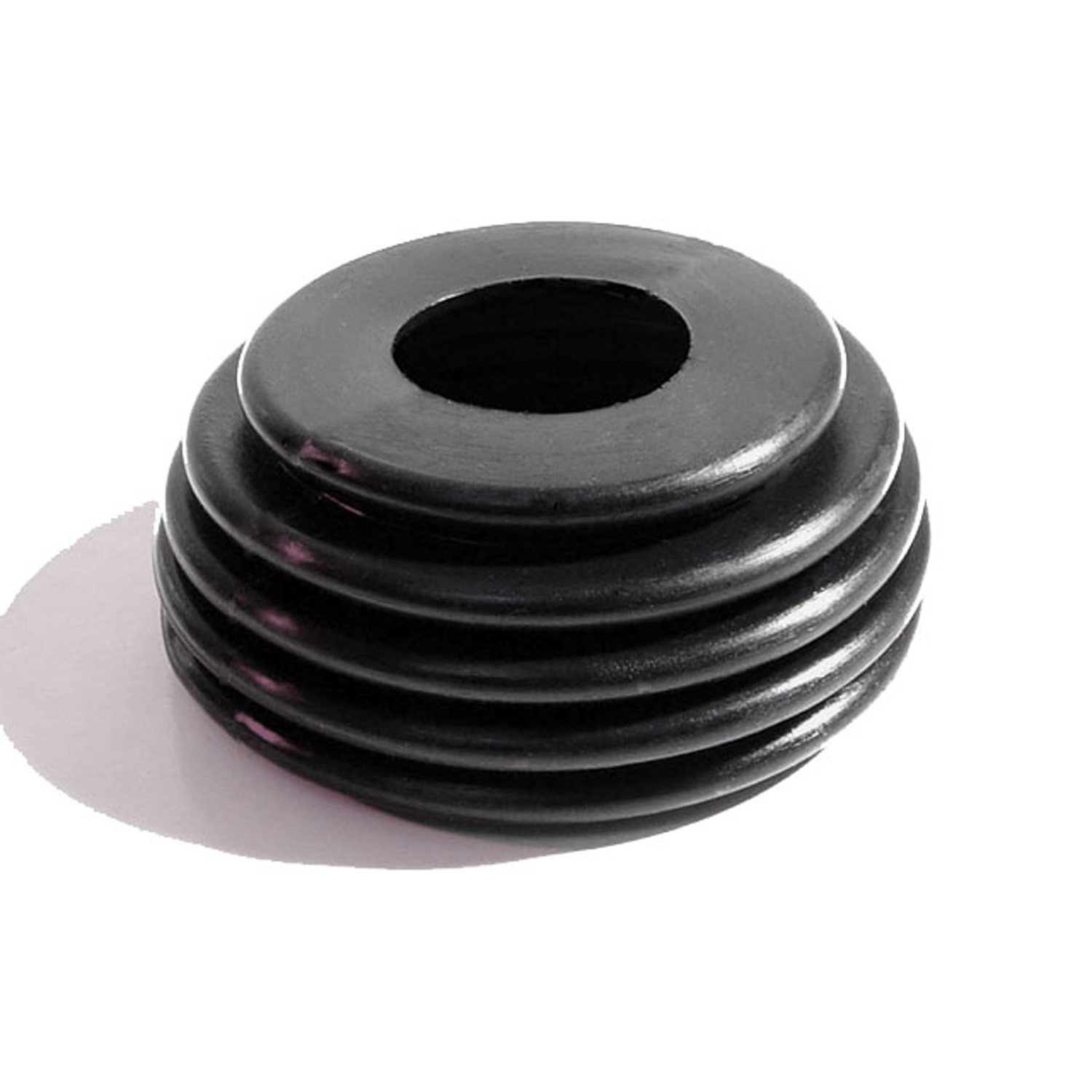 1951 Aston Martin DB3 Steering Column Dust Seal at Firewall-BL 5Steering Column Dust Seal at Firewall. 1-1/8" wide hole at top, 4-1/2" O.D. at base. Replaces AM part #50999. Each
1951 Aston Martin DB3 Steering Column Dust Seal at Firewall-BL 5Steering Column Dust Seal at Firewall. 1-1/8" wide hole at top, 4-1/2" O.D. at base. Replaces AM part #50999. Each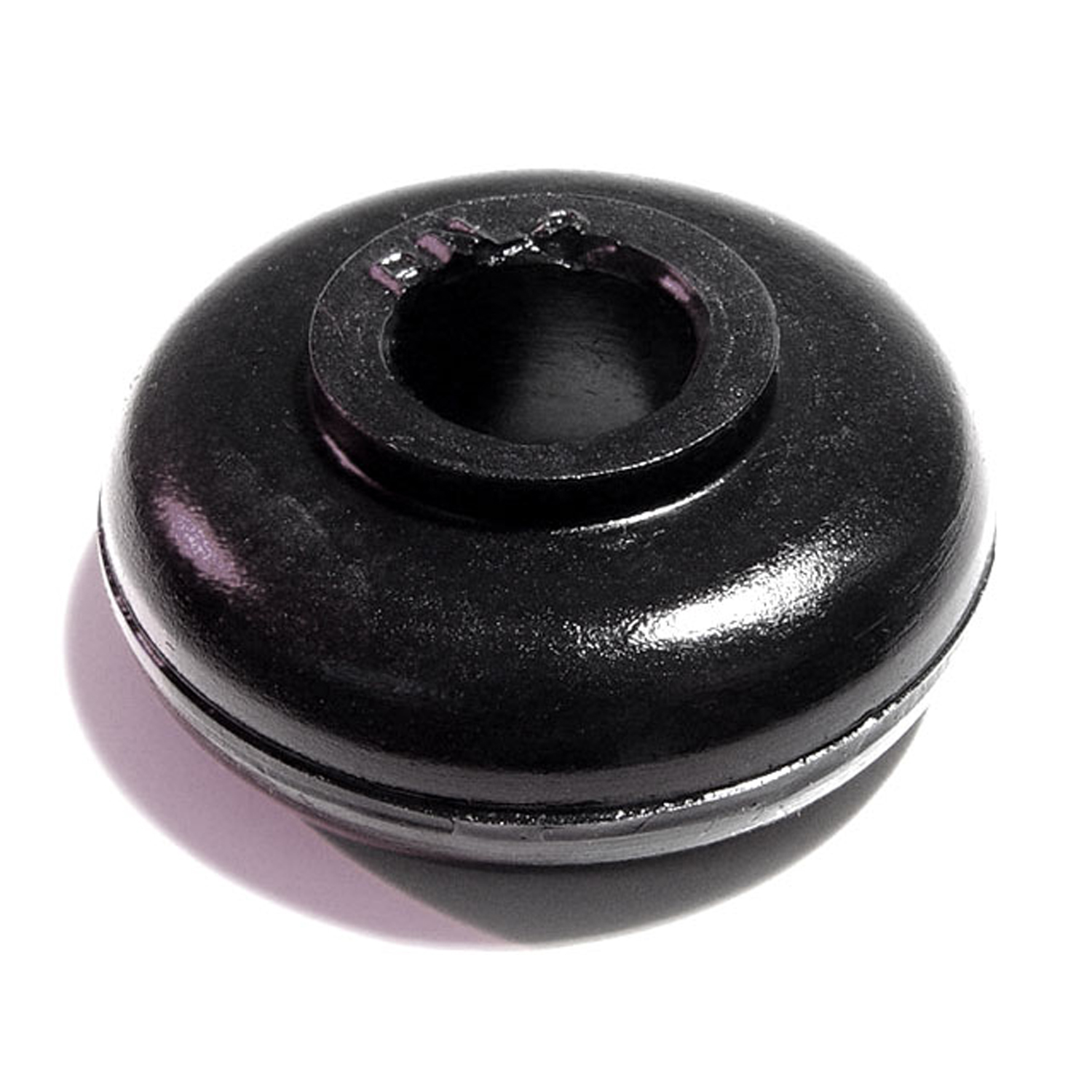 1951 Aston Martin DB3 Roll Bar Bushing. 1/2" high, with 1/2" hole. Each-BN 2Roll Bar Bushing. 1/2" high, with 1/2" hole. Each
1951 Aston Martin DB3 Roll Bar Bushing. 1/2" high, with 1/2" hole. Each-BN 2Roll Bar Bushing. 1/2" high, with 1/2" hole. Each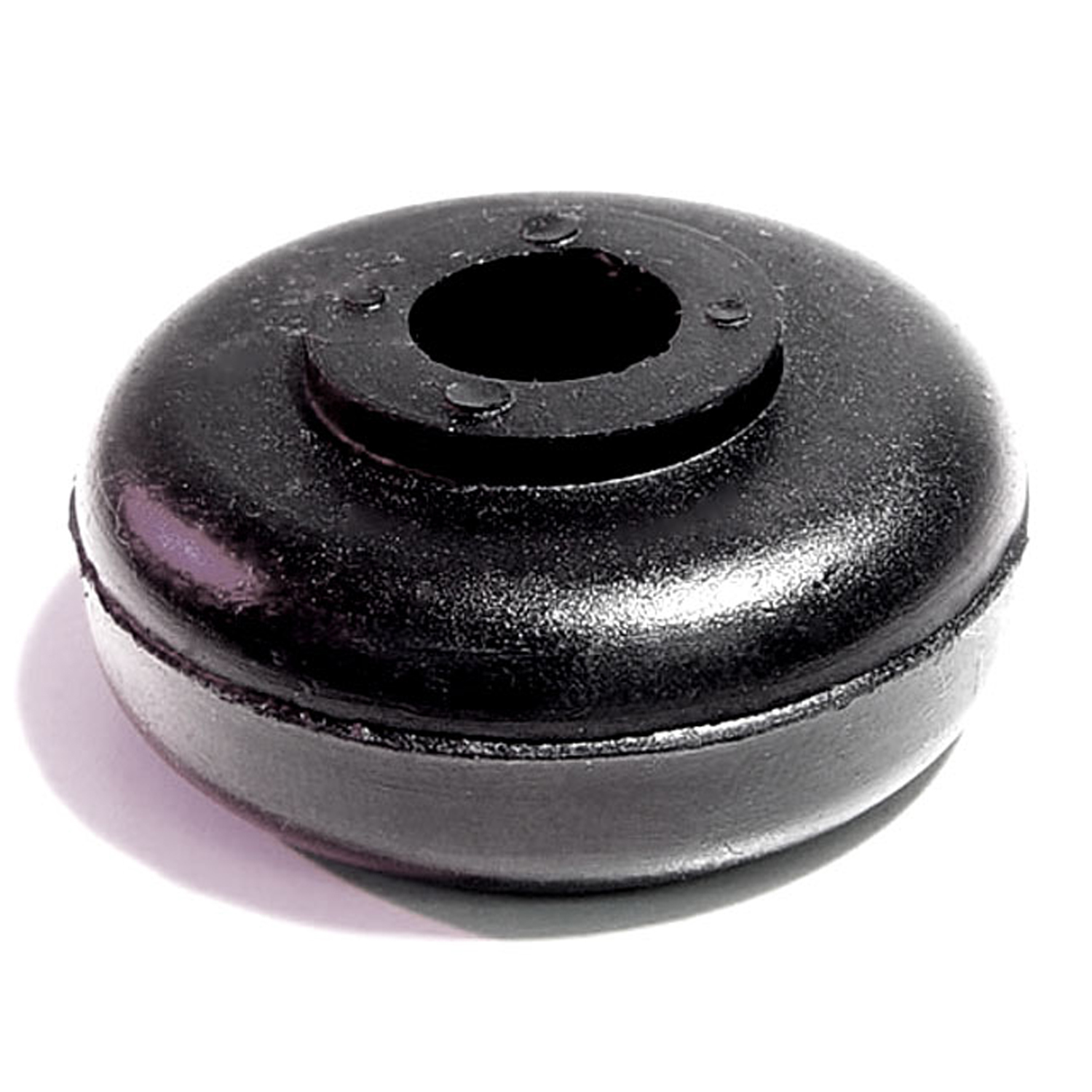 1951 Aston Martin DB3 Shock Grommet. 9/16" high, 3/8" hole. Each-BN 2-AShock Grommet. 9/16" high, 3/8" hole. Each
1951 Aston Martin DB3 Shock Grommet. 9/16" high, 3/8" hole. Each-BN 2-AShock Grommet. 9/16" high, 3/8" hole. Each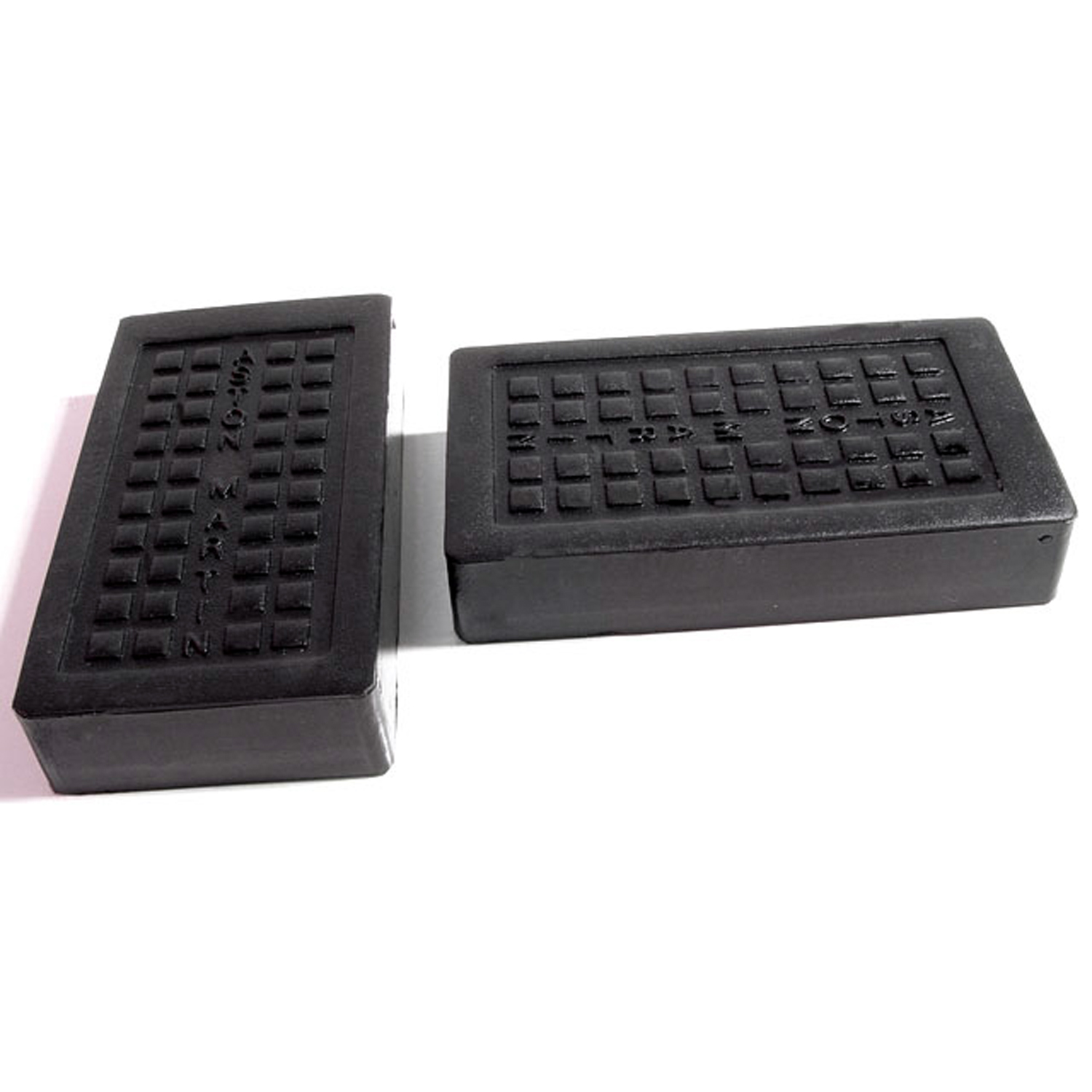 1951 Aston Martin DB3 Clutch and Brake Pedal Pads. Perfect reproduction-CB 175Clutch and Brake Pedal Pads. Perfect reproduction. 1-3/4" wide X 3-1/4" long. Pair
1951 Aston Martin DB3 Clutch and Brake Pedal Pads. Perfect reproduction-CB 175Clutch and Brake Pedal Pads. Perfect reproduction. 1-3/4" wide X 3-1/4" long. Pair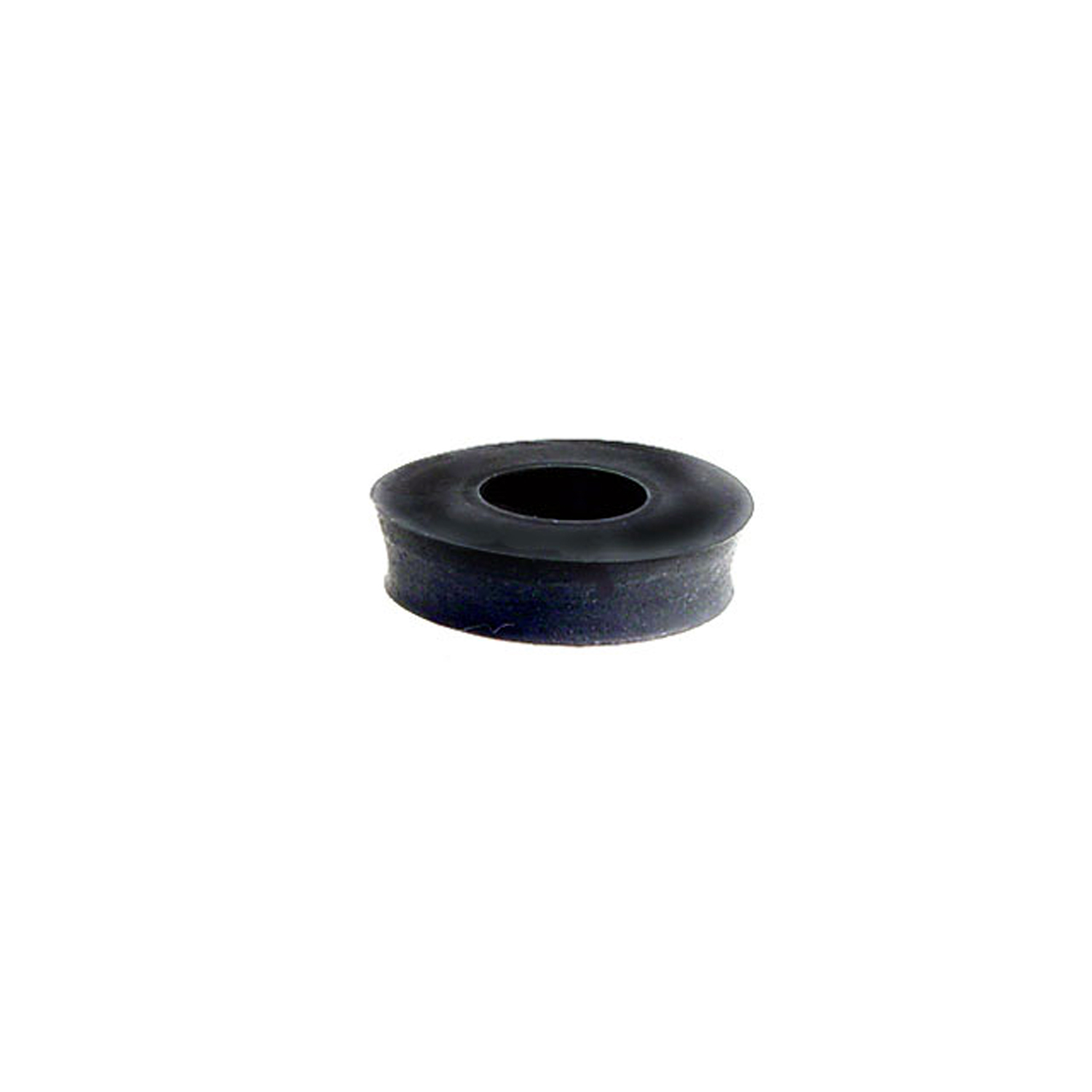 1951 Aston Martin DB3 Radiator Rod Cushion. 1/4" thick, 3/8" hole, 1" O.D-RA 1Radiator Rod Cushion. 1/4" thick, 3/8" hole, 1" O.D. Eight used per car. Each
1951 Aston Martin DB3 Radiator Rod Cushion. 1/4" thick, 3/8" hole, 1" O.D-RA 1Radiator Rod Cushion. 1/4" thick, 3/8" hole, 1" O.D. Eight used per car. Each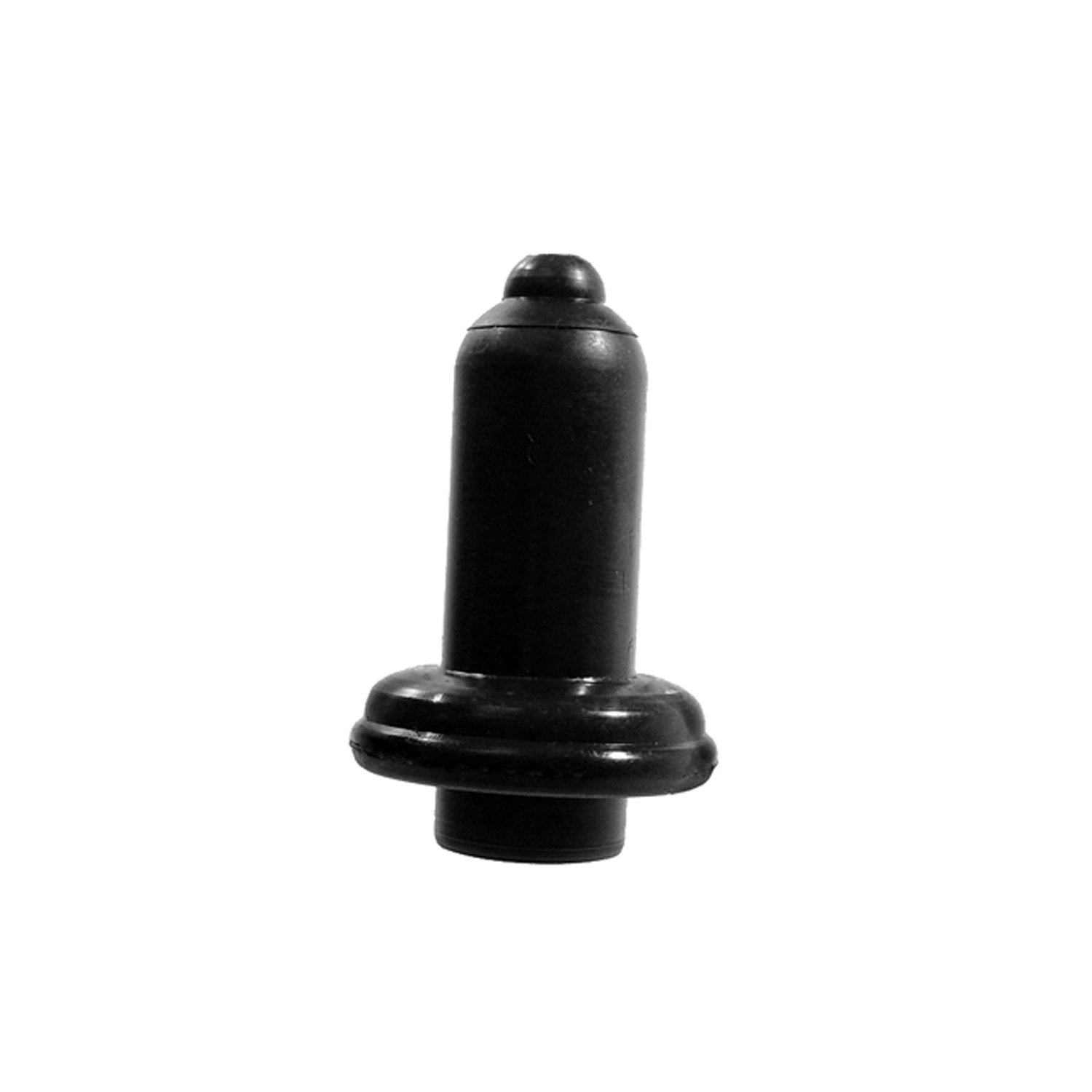 1951 Aston Martin DB3 Spark Plug Boot. Each-RP 1-ZSpark Plug Boot. Each
1951 Aston Martin DB3 Spark Plug Boot. Each-RP 1-ZSpark Plug Boot. EachWhy Choose Metro?
For over 100 years, Metro Moulded Parts has been the pinnacle of quality in classic car restoration parts. Our commitment to precision and authenticity in every component ensures a perfect fit and an OEM-level appearance.
- Expert Craftsmanship & Quality: Each part is a testament to our dedication to reliability and perfection, crafted from original designs and thoroughly tested.
- Advanced Technology: We use cutting-edge techniques to create flawless, long-lasting parts that surpass others in performance.
- SuperSoft Sponge – The Ultimate Door Seal: Not only are our door seals 30% softer than competitors', but they're also guaranteed to never leak. They effectively reduce wind and road noise, enhancing your classic car's comfort and driving experience.
- Proudly American: Our parts are a product of American craftsmanship, made in the USA with a spirit of excellence and heritage.
- Unrivaled Warranty: We back our products with a 30-year industry-leading warranty, a testament to our confidence in their quality.
Join us in preserving the legacy of classic cars with parts that are crafted for perfection, not just made.

